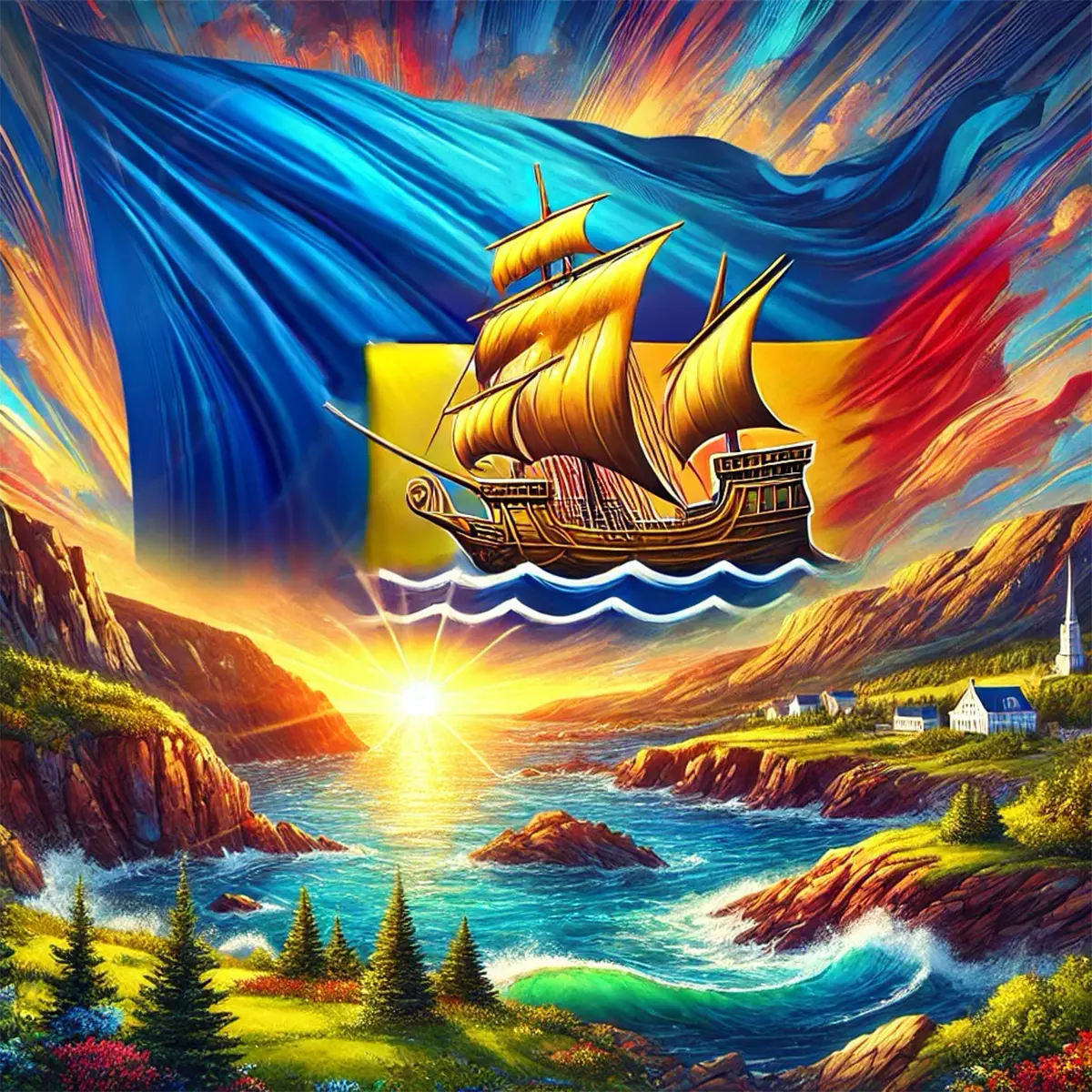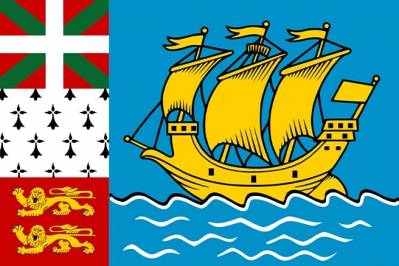St. Pierre and Miquelon is a group of islands in the North Atlantic located off the east coast of Canada. They have a rich and interesting history that begins with the discovery of these lands by Europeans. In 1536, French explorer Jacques Cartier first discovered these islands during his second expedition to North America. He named them St. Pierre and Miquelon in honor of St. Peter and St. Michael.
During the seventeenth century, the islands became a permanent refuge for French fishermen who used them as a base for drying and processing fish, particularly cod, caught in the Atlantic Ocean. This place became an important fishing center for France. In 1713, according to the Treaty of Utrecht, France lost control of the islands, which were transferred to Great Britain. However, in the following decades, the islands repeatedly changed hands between the French and the British.
In 1763, after the Treaty of Paris, the islands returned to French control, but by 1778 they were again occupied by the British during the American War of Independence. The islands finally returned to French control in 1816 after the Napoleonic Wars. Since then, Saint Pierre and Miquelon have remained French territories.
In 1903, the islands were granted the status of an overseas department of France, which gave them more autonomy in managing local affairs. During World War II, the islands were briefly occupied by Free French forces in 1941 to prevent their use by the Vichy forces. In 1976, the islands were granted the status of an overseas community of France, which allowed them to have more autonomous governance.



